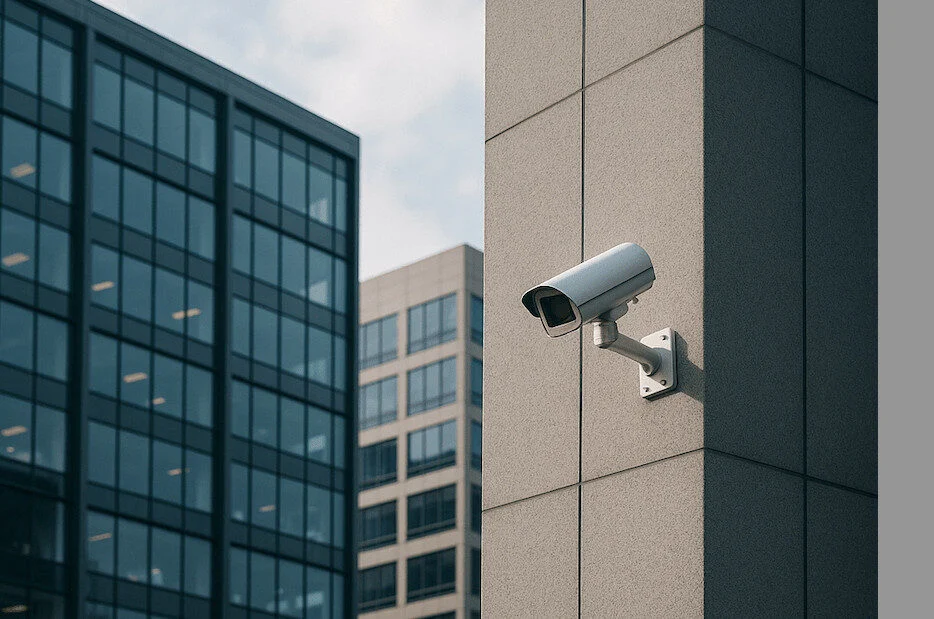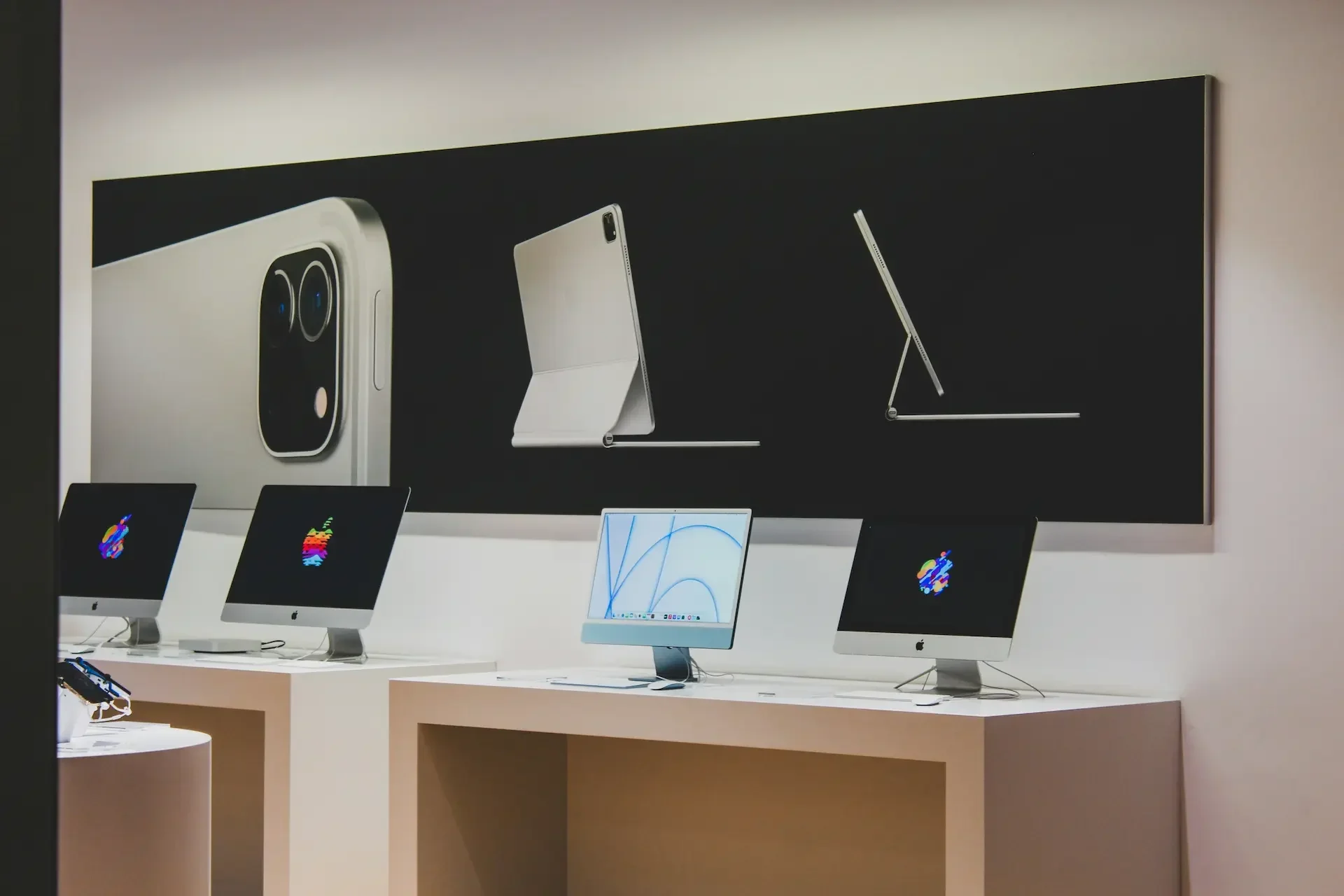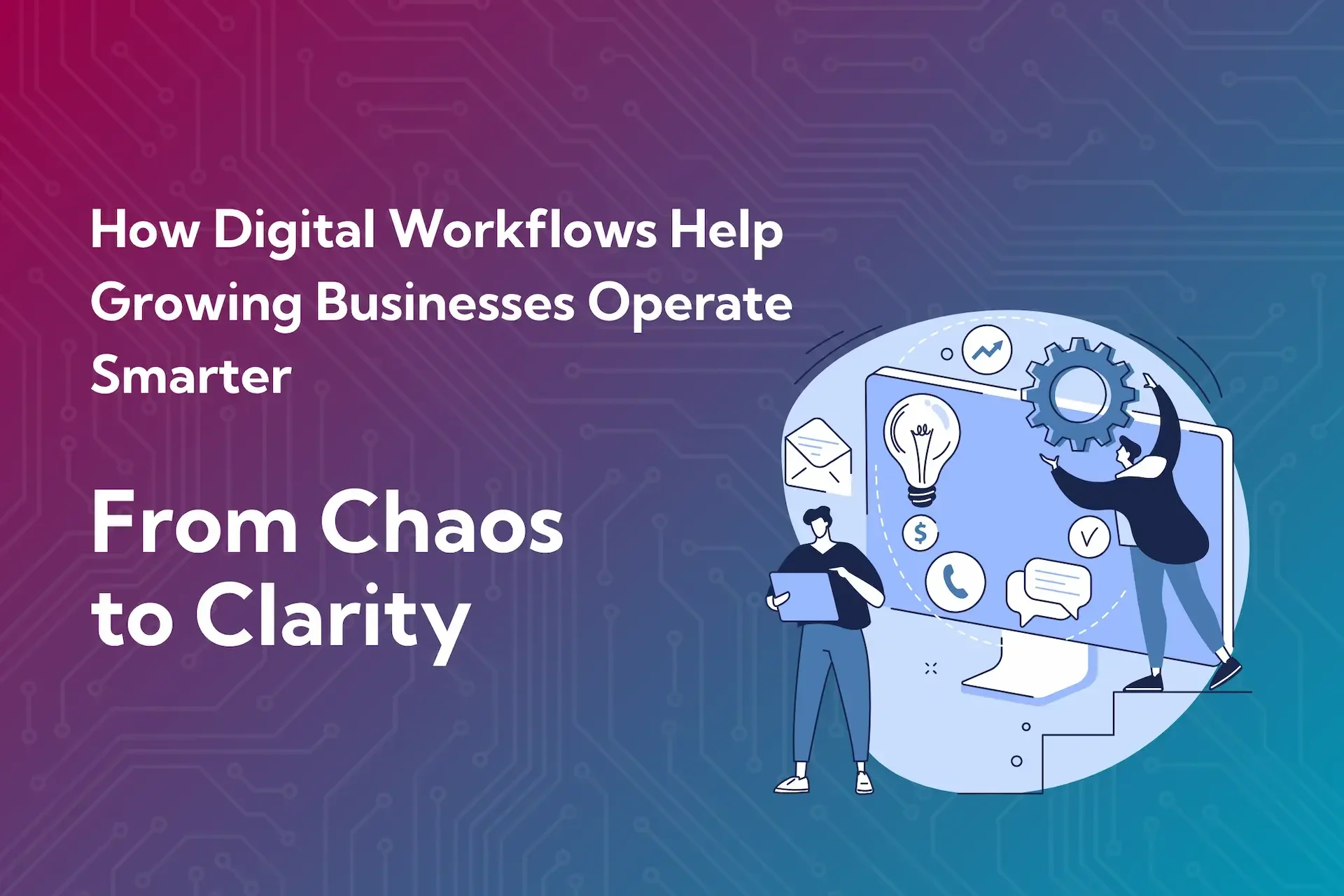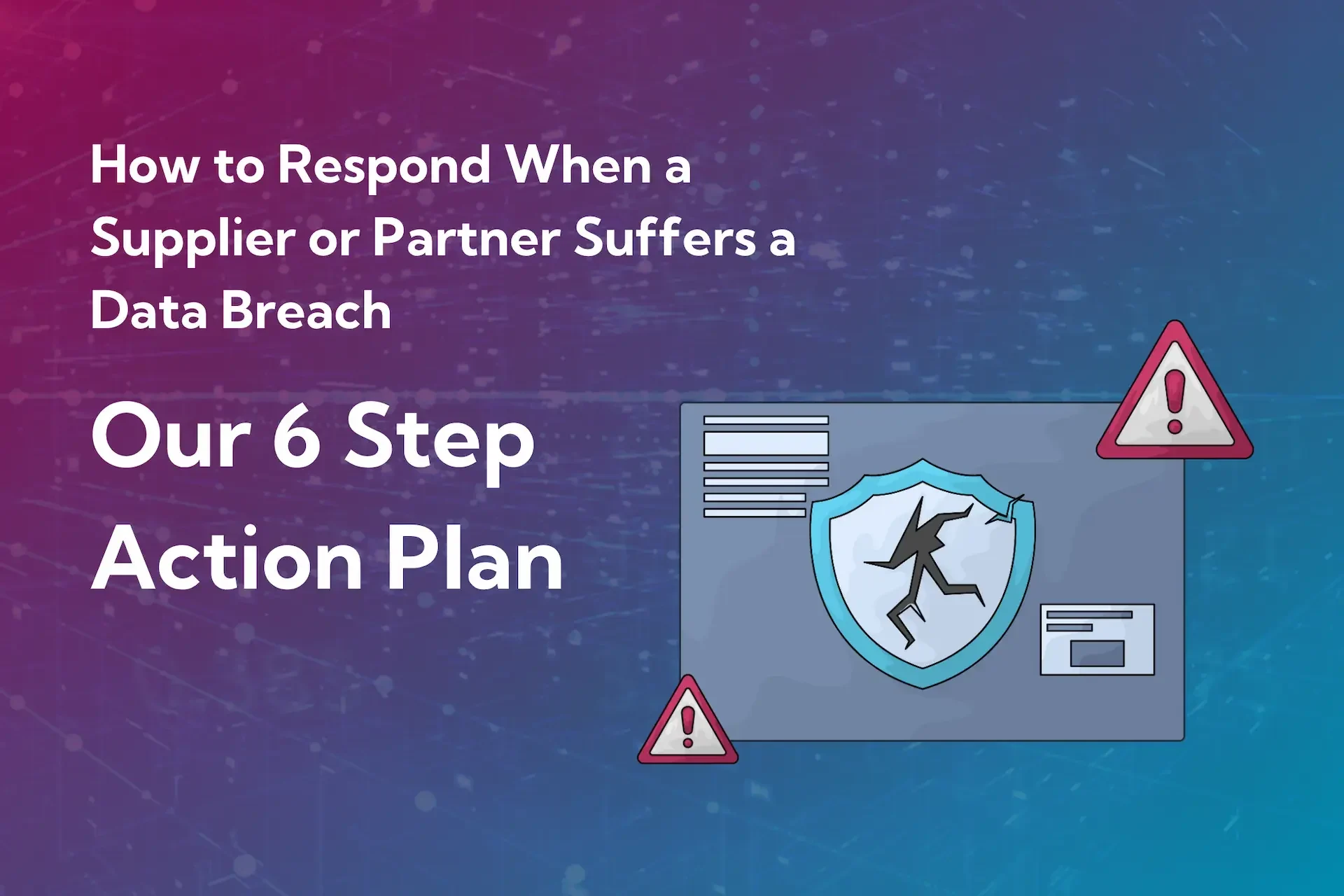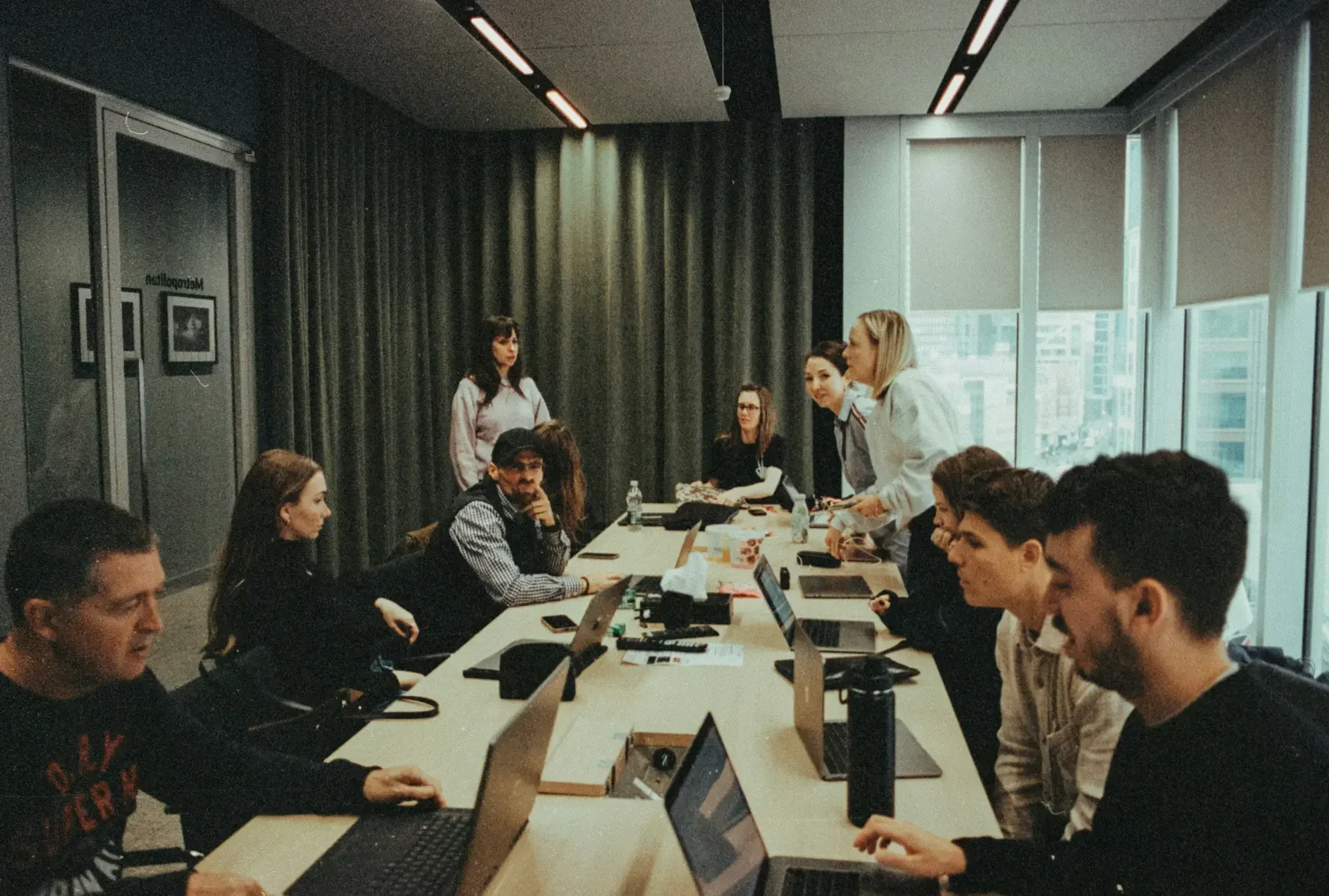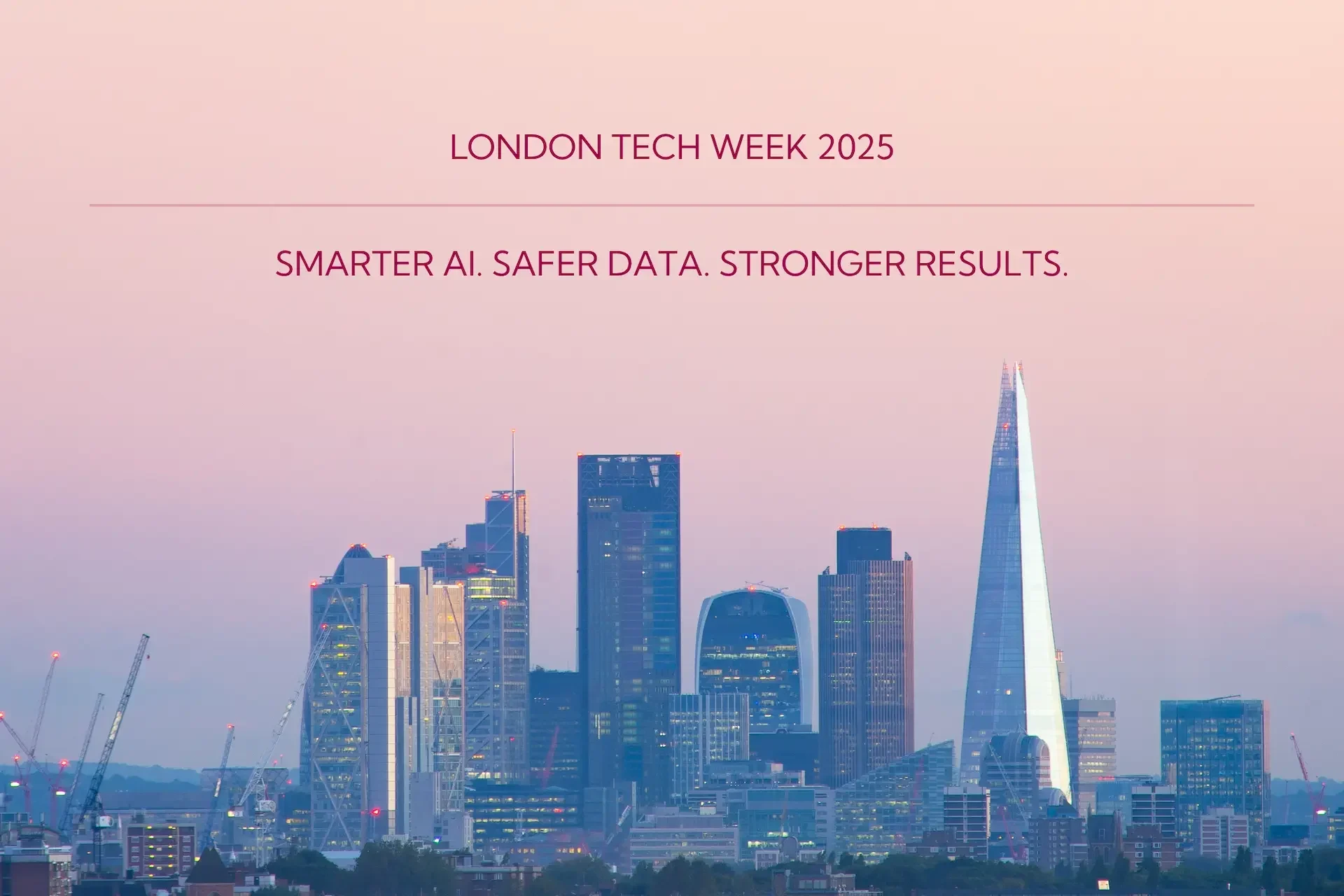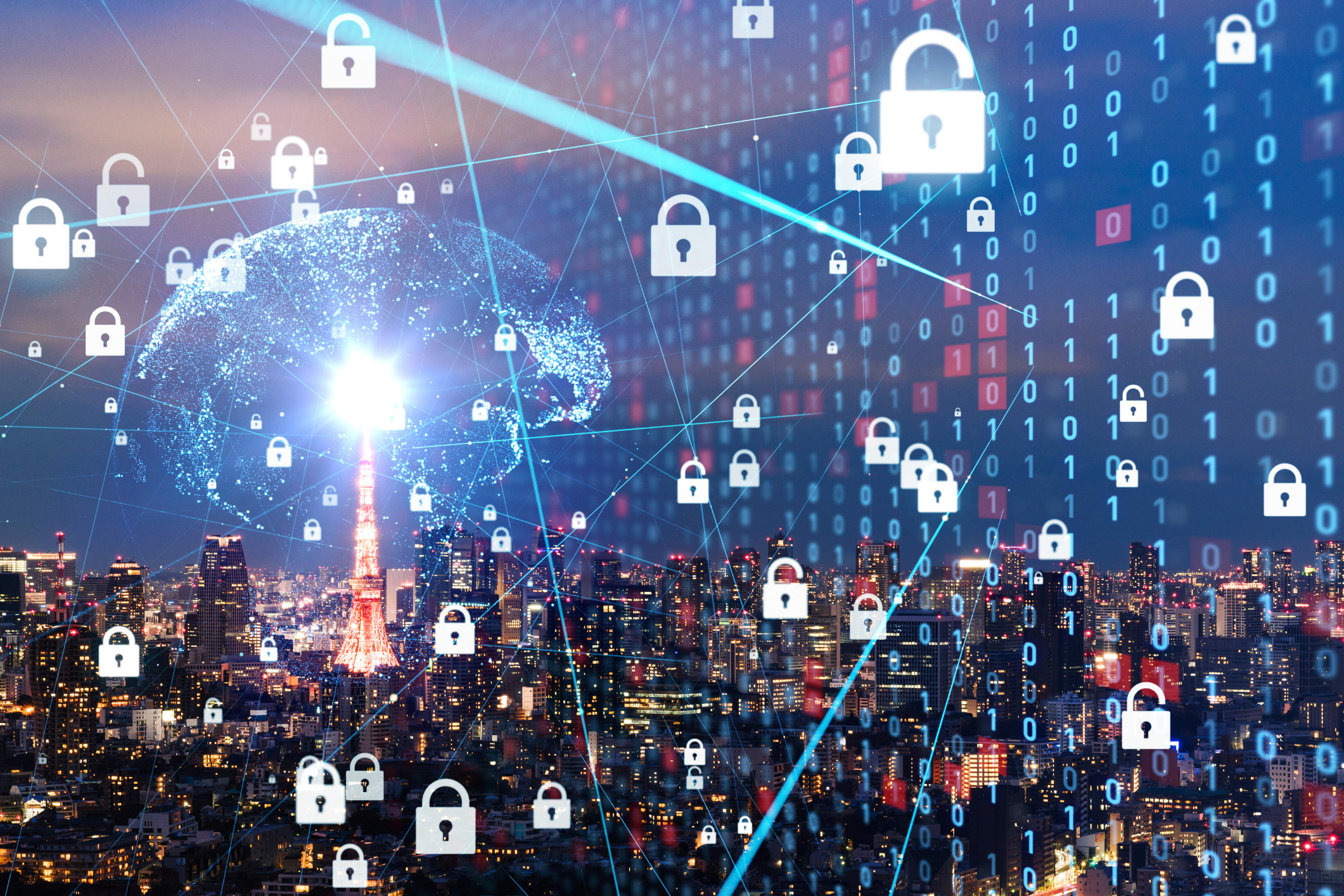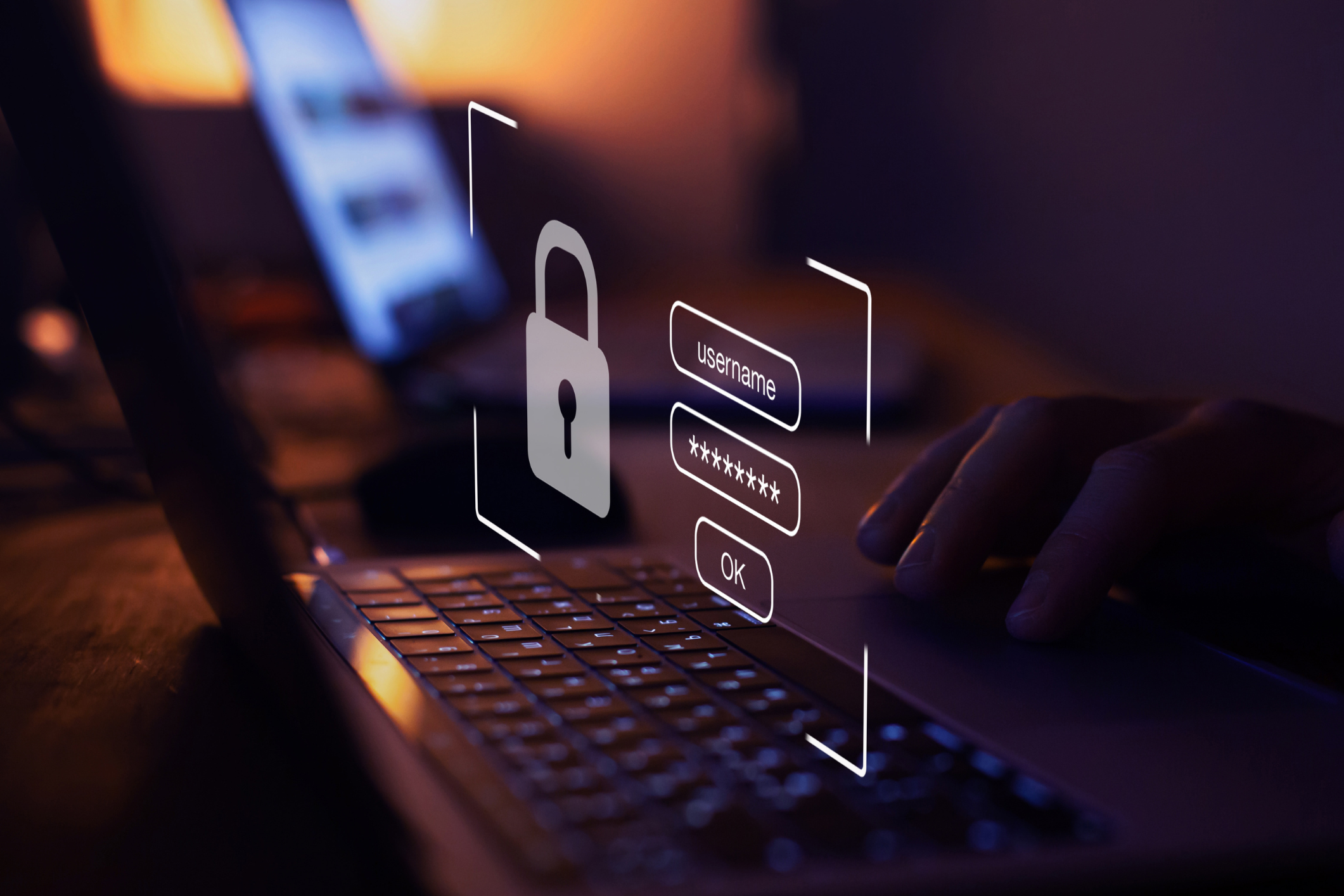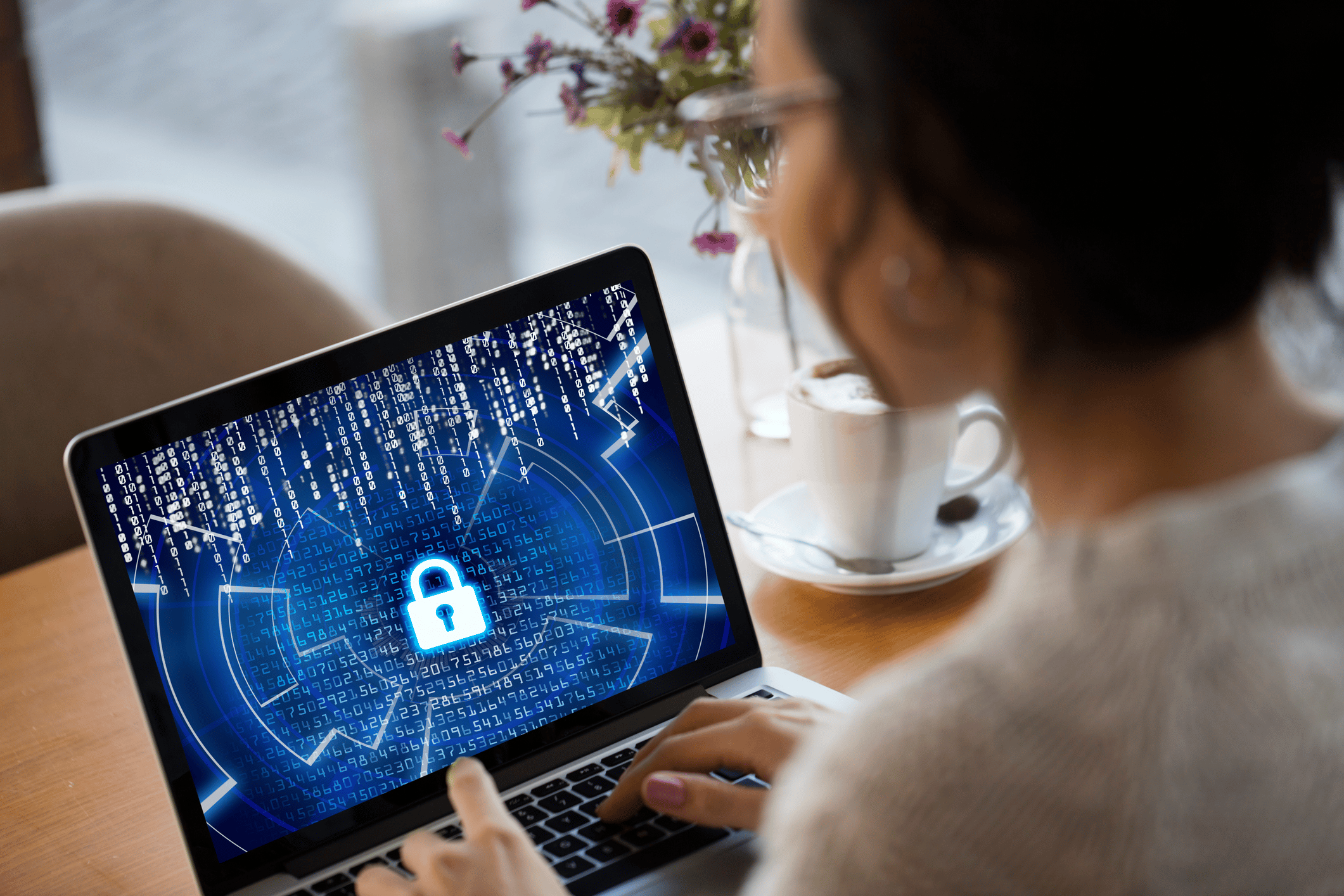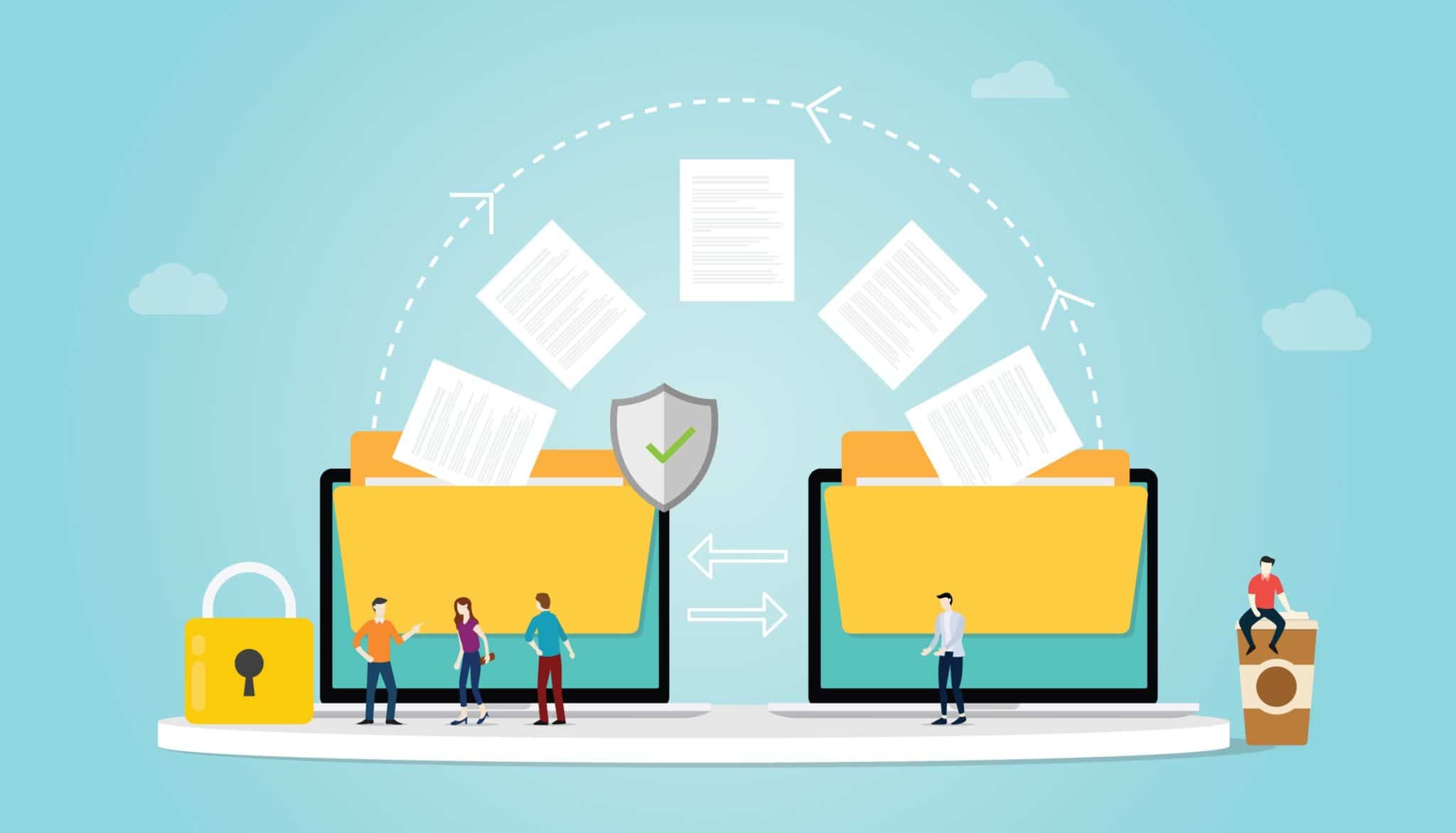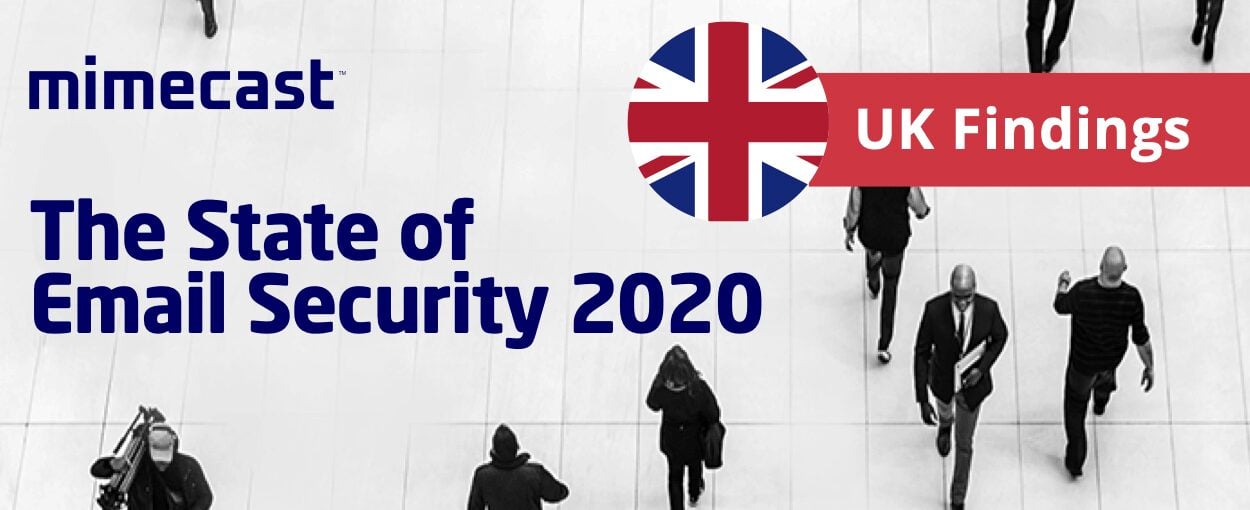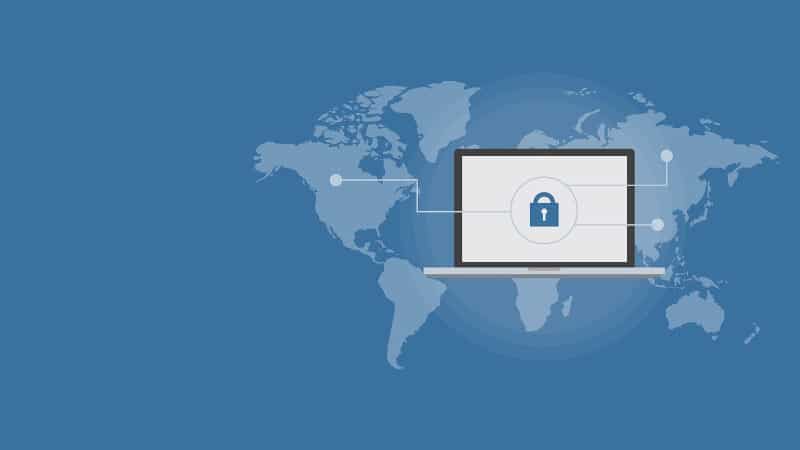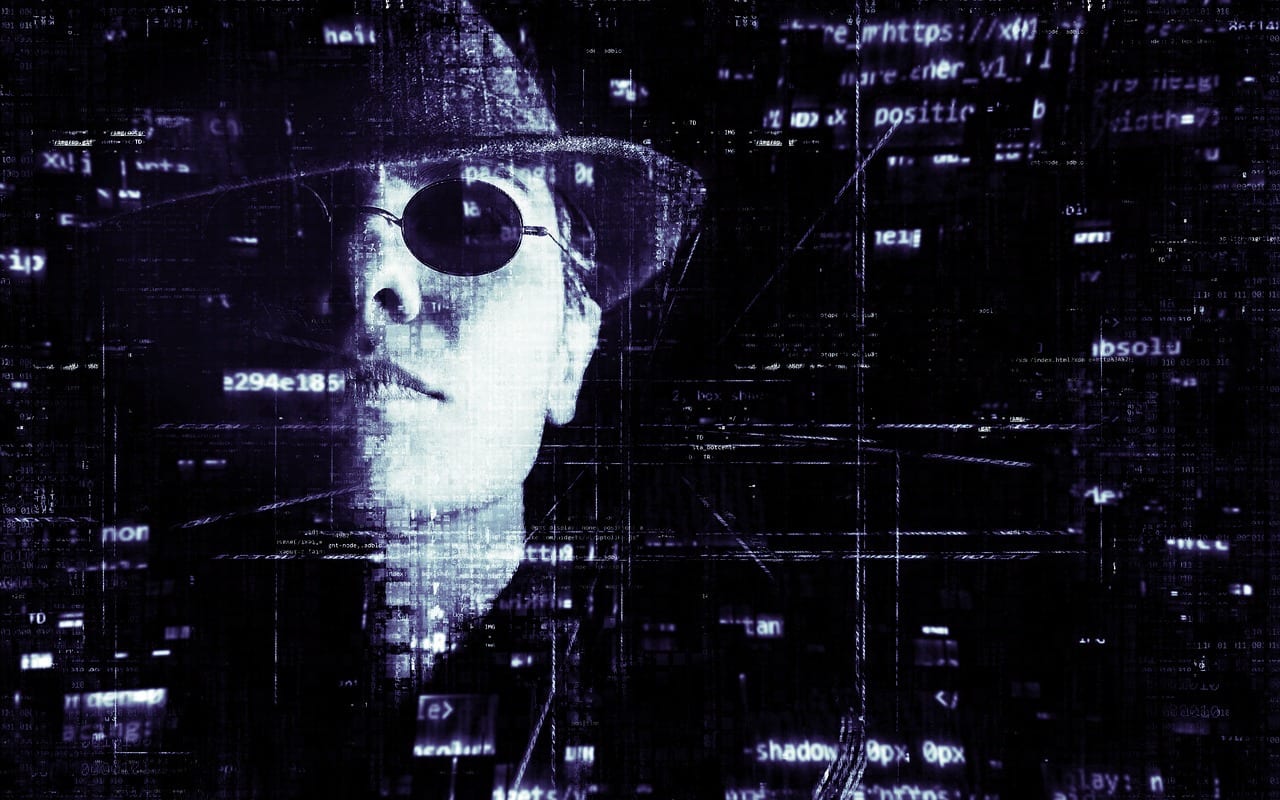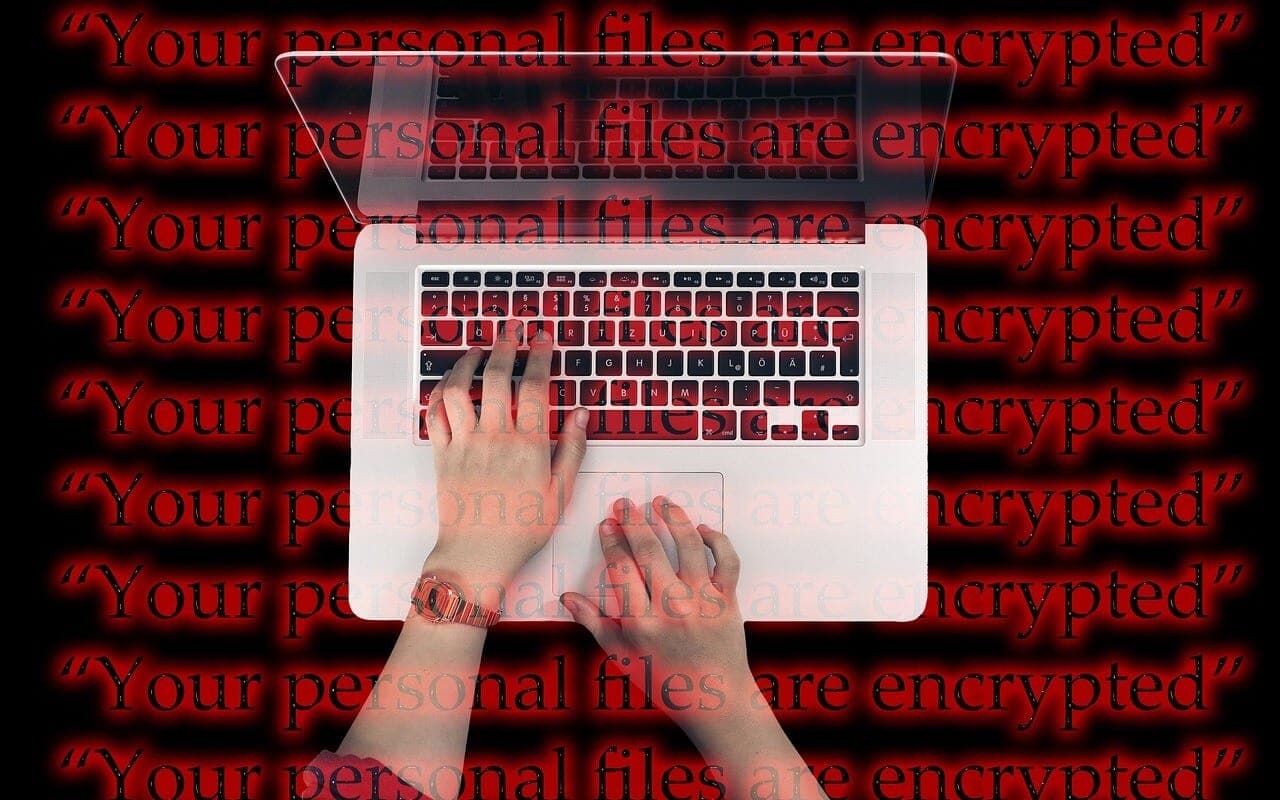In today’s rapidly evolving digital landscape, fostering a robust cyber security culture within your organisation is more crucial than ever. Recent developments have underscored the increasing sophistication of cyber threats and the necessity for organisations to adapt accordingly.
The Evolving Cyber Security Landscape
The cyber security environment has witnessed significant transformations, with a notable rise in AI-driven threats and complex cyber-attacks. The World Economic Forum’s Global Cybersecurity Outlook highlights that geopolitical tensions have escalated cyber threats from state and non-state actors, making sectors like healthcare, financial services, and energy particularly vulnerable.
Additionally, the integration of artificial intelligence into cyber-attacks has introduced new challenges. AI enables attackers to automate and enhance the sophistication of their methods, necessitating that organisations remain vigilant and proactive in their defence strategies.
Building a Resilient Cyber Security Culture
Developing a strong cyber security culture is essential for mitigating these evolving threats.
Key strategies include:
Regular Policy Reviews and Updates: Cyber security policies should be dynamic, reflecting the current threat landscape. Regular reviews and updates ensure that the organisation’s defences remain robust and relevant.
Leadership Commitment: Organisational leaders must prioritise cyber security, demonstrating a commitment that permeates the entire company. This involves allocating resources, setting clear policies, and leading by example.
Continuous Education and Awareness: Regular training sessions should be conducted to keep employees informed about the latest cyber threats and best practices. This includes simulations of phishing attacks and workshops on recognising suspicious activities.
Integration of Advanced Technologies: Utilising AI and machine learning can enhance threat detection and response capabilities. These technologies can analyse patterns and predict potential breaches before they occur.
Zero Trust Architecture: Implementing a Zero Trust model ensures that every access request is thoroughly verified, regardless of its origin. This minimises the risk of unauthorised access and potential breaches.
The Role of Remote Work in Cyber Security
The shift towards remote and hybrid working models has introduced additional complexities in maintaining cybersecurity. Employees accessing company resources from various locations and devices increase the potential attack surface. To address this:
- Secure Remote Access Solutions: Implement Virtual Private Networks (VPNs) and multi-factor authentication to secure remote connections.
- Endpoint Security: Ensure that all devices accessing company data have up-to-date security software and are compliant with organisational policies.
- Clear Remote Work Policies: Establish guidelines for remote work, detailing acceptable use, data handling procedures, and incident reporting protocols.
By embracing these strategies and fostering a culture of cyber security awareness, organisations can better navigate the complexities of the current digital environment and protect themselves against emerging threats.
Moving Forward: Embedding a Strong Cyber Security Culture
With remote and hybrid work now a permanent fixture in many businesses, there’s never been a more important time to assess and strengthen your cybersecurity culture.
Unlike tools or systems, cybersecurity culture is more philosophical – it’s about how people think and behave. A healthy culture starts at the top, with leadership that understands security isn’t just an operational concern, but a strategic priority. IT leaders should have a seat at the table, working alongside finance, compliance and sales to drive meaningful change across the business.
Good communication between the IT team and the board is essential. Regular updates on the evolving threat landscape and real-world examples of risk help leadership buy in and make informed decisions. This top-down support sets the tone for the rest of the organisation.
Just as important is empowering employees at every level. Everyone has a role to play in protecting the business. That means moving beyond box-ticking exercises and offering ongoing, judgment-free training that builds real confidence. Mistakes will happen – but a culture that encourages people to ask questions and report issues without fear of blame is far more resilient. Tools like an ‘acceptable use policy’ can offer practical guidance on using devices and software securely, day to day.
If you’re unsure how well your organisation is doing, a simple staff quiz focusing on behaviours, communication and compliance can highlight cultural gaps. You can also get started with our 5 essential steps for a cyber security risk assessment, which covers the key areas to review and improve.

